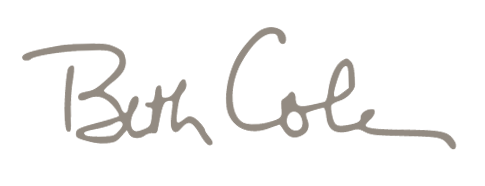Taking Photos For Your Art - Part II
/Nebraska Vintage Grain Elevator | © Beth Cole
Editing Your Photos
By Beth Cole
This is the second in a series of posts about taking photos for art, you can read the first post here.
Rarely does a photo come straight from the camera ready to paint. I have found that taking a little time to analyze and edit the photo makes for a stronger inspiration photo and a stronger painting.
Unedited Photo on Left | Edited Photo on Right | © Beth Cole
Here are the steps I take when editing a photo.
- Crop it to the size of the canvas. This is very important. If you are looking at a photo that is a different size than your canvas, your drawing and perspective may throw everything off.
- Check light and shadows. The camera doesn’t see as well as your eye and the shadow areas of most photos are too dark. In Photoshop or Photoshop Elements, try Image>Adjustments>Light and Shadows.
- Check the levels. The Levels adjustment in Photoshop will help with exposure, evening out the dark and lights. Sometimes I use the “auto” adjustment, or just move the sliders on both ends closer to the middle. Play around with it until you find the happy place. If it is better without a levels adjustment, then that’s great, just let it go.
- Add a texture filter. If I am going to use the photo for an art project, i.e. photo/cold wax project, I usually add a texture filter and in Photoshop, use the layer blending mode to adjust the lighting on the layer. I have purchased textures from Kim Klassen and Paint the Moon, or Lost and Taken. There are many others which I haven’t tried. I try to apply the texture in a way that alters the photo just slightly and doesn’t make it look too weird. The best way to find your style is just to experiment.
- Save the file. I usually save the file to the cloud so I can pick it up with my iPad or my phone. Sometimes I print the photo and work from paper, but I usually have the digital version as well because the colors are backlit and I can zoom in if I need to.
That’s about it. Next post I’ll write about gridding your photo and canvas to help with your drawing.
What are your photo editing tips?
Thanks for following along, I’m grateful for you.
--Beth Cole
Soli Deo Gloria


